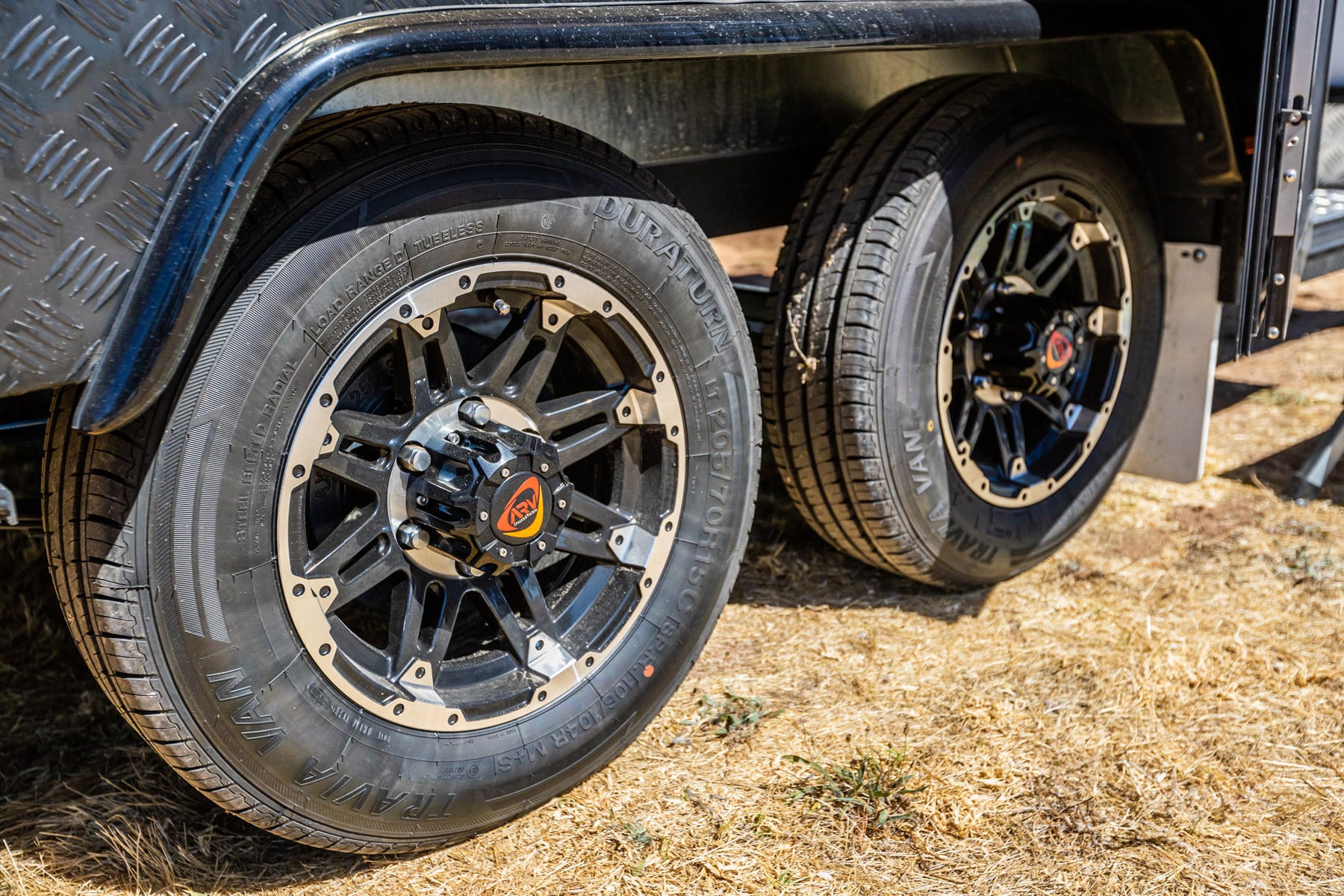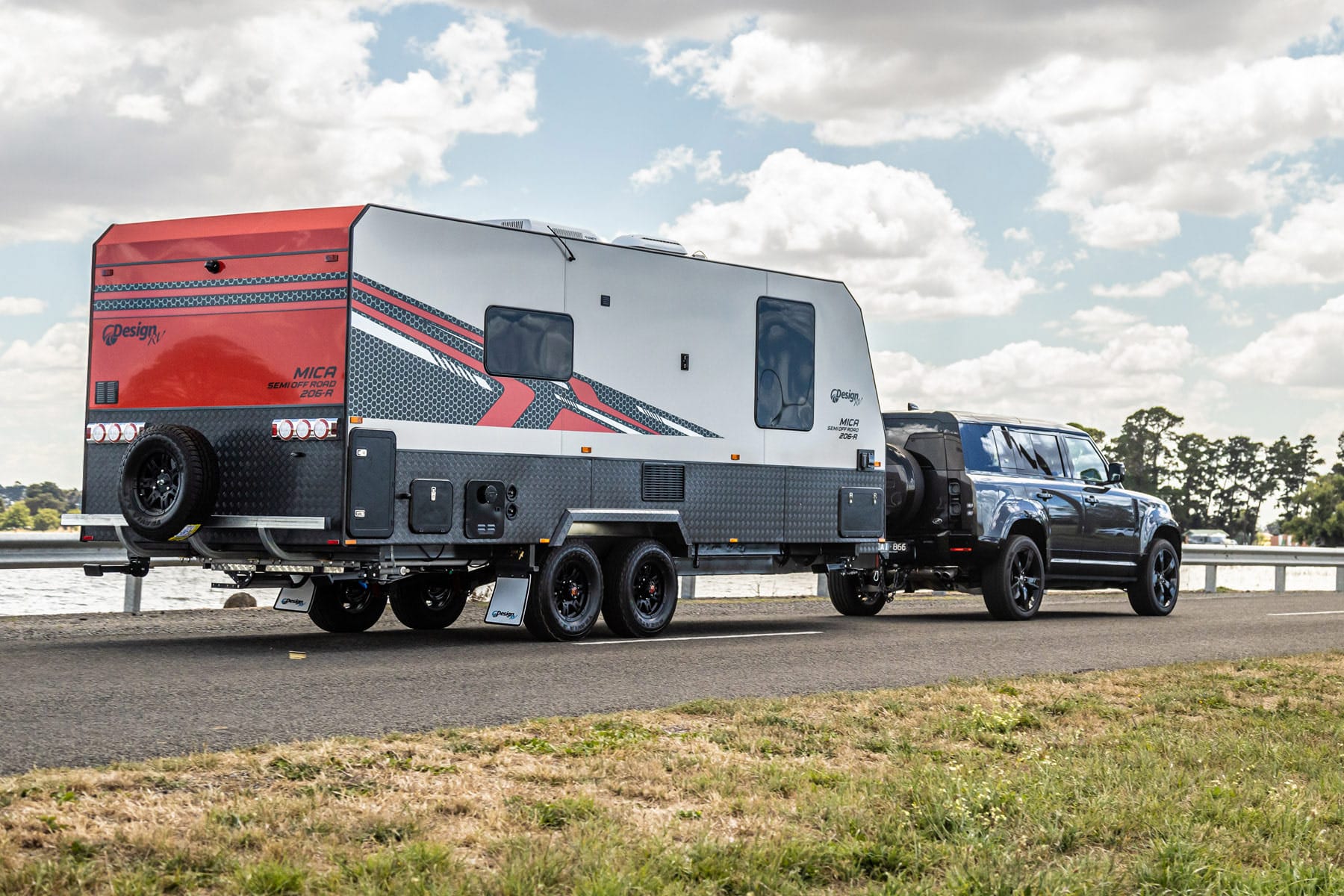Understanding the Importance of Tyre Pressure
Tyre Pressure Guide: Proper tyre-pressure is crucial for safe and efficient driving. It affects your vehicle’s handling, fuel efficiency, and overall safety on the road. If you’re a new driver, understanding and maintaining the correct tyre pressure is essential.
Definition
Tyre pressure refers to the amount of air inside your vehicle’s tyres, measured in pounds per square inch (PSI). Each vehicle has a specific recommended tyre pressure, usually found in the owner’s manual or on a sticker inside the driver’s door jamb.


The Consequences of Incorrect Pressure
Driving with underinflated or overinflated tyres can have serious consequences. Here’s what can happen:
Underinflated Tyres
- Reduced fuel efficiency: Underinflated tyres create more rolling resistance, which means your vehicle has to work harder and burns more fuel.
- Poor handling: Your car may become less responsive, making it harder to steer and control.
- Increased risk of a blowout: Underinflated tyres are more prone to damage and can lead to sudden blowouts, especially at high speeds.
Overinflated Tyres
- Reduced traction: Overinflated tyres have a smaller contact patch with the road, reducing grip and stability.
- Uneven tyre wear: The center of the tyre wears faster, leading to premature replacement.
- Uncomfortable ride: Overinflated tyres can make your ride harsher, affecting comfort.
How to Check the Pressure
- Find the Recommended Pressure: Refer to your vehicle’s manual or the sticker on the driver’s door jamb. It will indicate the recommended PSI for your tyres.
- Use a Reliable Pressure Gauge: Invest in a good quality tyre-pressure gauge. Digital gauges are easy to read and provide accurate measurements.
- Check When Cold: Tyres heat up as you drive, causing pressure to increase. To get accurate readings, check tyre pressure when they are cold.
- Remove the Valve Cap: Unscrew the valve cap from the tyre’s valve stem.
- Check and Adjust: Place the pressure gauge onto the valve stem and press firmly until you hear a hissing sound. This indicates that the gauge is reading the pressure. Check the reading against the recommended PSI. If it’s low, add air. If it’s high, release some air until it matches the recommended pressure.
- Repeat for All Tyres: Don’t forget the spare tyre. It’s often overlooked but equally important.


How Often Should You Check Pressure?
Regular checks are crucial. It’s recommended to check the pressure of your tyres at least once a month, and always before long trips. A quick check can prevent potential problems down the road.
Tips for Maintaining Proper Pressure
- Keep a Gauge in Your Vehicle: This ensures you can check and adjust pressure as needed, even on the go.
- Check Pressure Before Road Trips: Long drives can heat up tyres, affecting pressure. So, check and adjust before hitting the road.
- Monitor Seasonal Changes: Tyre pressure can fluctuate with temperature changes. Check more frequently during extreme weather.
- Pay Attention to Warning Lights: Many modern cars have a tyre-pressure monitoring system. If the TPMS warning light comes on, check your tyre pressure immediately.
- Regularly Inspect for Damage: Examine your tyres for cuts, punctures, or other damage that could affect pressure.


Conclusion: Tyre Pressure Guide
Maintaining proper pressure is a simple yet crucial aspect of safe and efficient driving. As a new driver, understanding these basics and following the recommended practices can help you stay safe on the road, save money on fuel, and extend the life of your tyres. Make it a habit to check the pressure regularly, and you’ll enjoy a smoother, safer driving experience.

![CRX_[HERO]_SHADOW](https://designrv.com.au/wp-content/uploads/2023/04/CRX_HERO_SHADOW.png)
![MICA-EVX_[HERO]_SHADOW](https://designrv.com.au/wp-content/uploads/2023/04/MICA-EVX_HERO_SHADOW.png)
![MICA-OFF-ROAD_[HERO]_SHADOW](https://designrv.com.au/wp-content/uploads/2023/04/MICA-OFF-ROAD_HERO_SHADOW.png)

![STRYKER_[HERO]_SHADOW](https://designrv.com.au/wp-content/uploads/2023/04/STRYKER_HERO_SHADOW.png)
![MICA-206_[HERO]_SHADOW](https://designrv.com.au/wp-content/uploads/2023/04/MICA-206_HERO_SHADOW.png)
![GETAWAY_[HERO]_SHADOW](https://designrv.com.au/wp-content/uploads/2023/04/GETAWAY_HERO_SHADOW.png)






